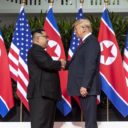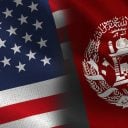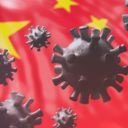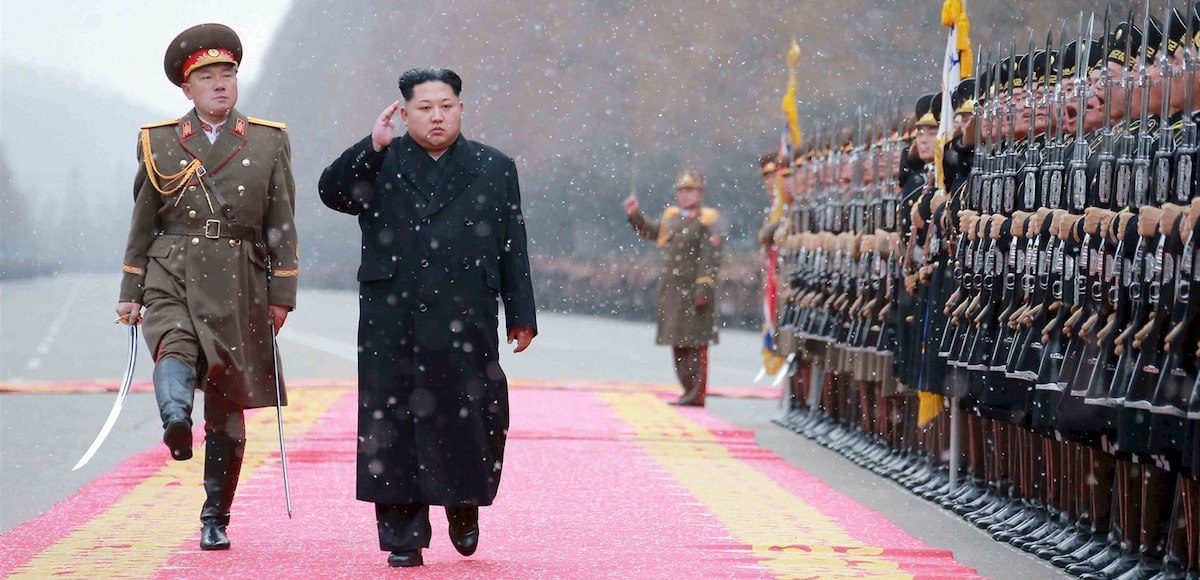
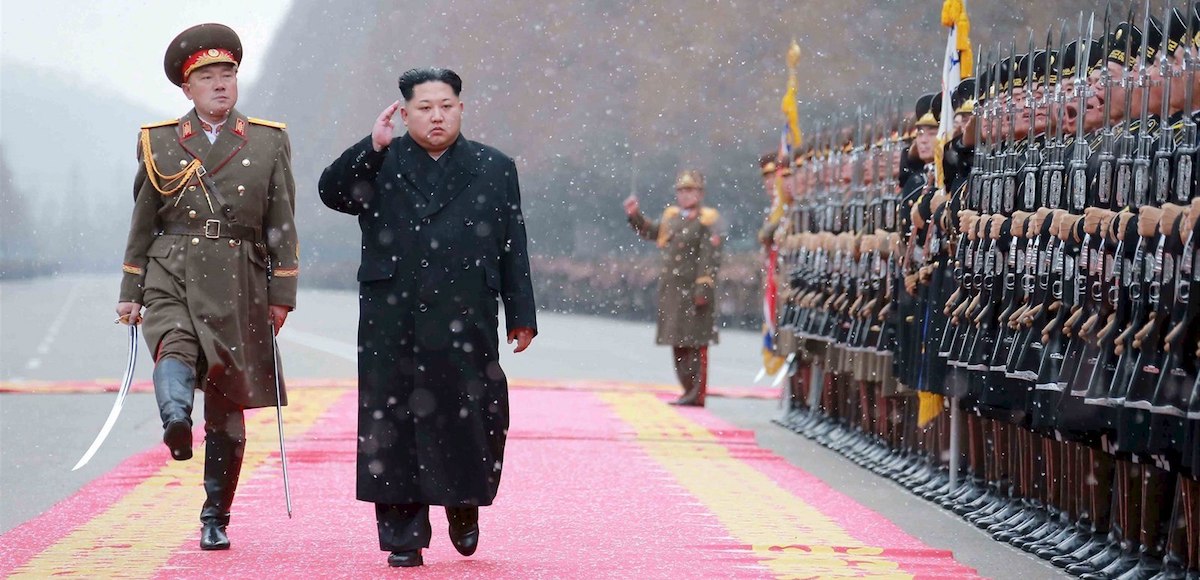
North Korean leader Kim Jong Un salutes during a visit to the Ministry of the People’s Armed Forces on the occasion of the new year, in this undated photo released by North Korea’s Korean Central News Agency (KCNA) on January 10, 2016. (Photo: Reuters)
After backing down on a threat to attack Guam, Kim Jong Un has reportedly ordered more rocket engines and warhead tips for North Korea’s intercontinental ballistic missiles (ICBM) program. Still, while it’s largely seen by the United States as an effort to save face, it is also premeditated provocation.
KCNA, the rogue regime’s state-run news agency claimed in early August the leader in Pyongyang was “carefully examining” a plan to strike the U.S. Pacific territory of Guam with missiles. President Trump responded by repeating it “will be met with fire, fury and frankly power, the likes of which the world has never seen before.”
According to South Korea’s Yonhap News Agency, the dictator ordered them to increase weapons production after visiting the Chemical Material Institute of the Academy of Defense Science. KCNA also released images of plans to make solid-fuel engines for the ballistic missiles, which were hanging on the wall behind the dictator during his visit.
“He instructed the institute to produce more solid-fuel rocket engines and rocket warhead tips by further expanding engine production process and the production capacity of rocket warhead tips and engine jets by carbon and carbon compound material,” the report stated.
One image appeared to be plans for a Pukguksong-3, the latest in the Pukguksong, or Polaris series. The KN-15 or Pukkuksong-2, is a medium-range ballistic missile (MRBM) believed to be able to travel between 1,200 to 2,000 kilometers. It is classified as “In Development.”
Another, more difficult to make out image appeared to be a Hwasong, or Mars. The Hwasong-14, as PPD previously examined in detail, is an ICBM capable of hitting the U.S. mainland. On July 28, North Korea conducted its second successful test of the Hwasong-14. It outperformed the test on July 4, flying for roughly 45 minutes to a range of about 1,000 km and to an altitude of roughly 3,700 km.
Based on the data, the Hwasong-14 could potentially have a range of more than 10,000 km if rotated to fly on a range-maximizing ballistic trajectory. The rotation of the Earth provides somewhat of a slingshot boost to ICBMs, increasing their range when traveling eastward. When factoring in this rotation, the Hwasong-14’s coverage area would include the West Coast, Chicago, and potentially even New York.
The U.S. responded by successfully pushing new sanctions through the United Nations (U.N.) Security Council, which came in the form of Resolution 2371 and passed unanimously. The U.S.-led resolution contains a ban on the North’s largest export, coal, costing the regime over $401 million in revenues per year.
It also bans iron and iron ore exports, costing the leftwing communist regime roughly $250 million per year. The seafood ban is estimate to cost North Korea roughly $300 million, while the ban on lead and lead ore is worth roughly $110 million.
In total, the new sanctions will cost the regime roughly $1 billion in exports.
As People’s Pundit Daily (PPD) previously reported, the Obama Administration knew North Korea produced a miniaturized nuclear warhead for an ICBM at least as early as 2015, but chose not to disclose it.
The Defense Intelligence Agency (DIA) believed with “moderate confidence” Pyongyang reached this capability as early as 2015, potential even as early as 2013. The assessment, which was was reviewed by former Director of National Intelligence James Clapper, who briefed then-President Barack Obama, indicated miniaturizing nuclear warheads was no longer their primary roadblock to becoming a full-blown nuclear power.
Instead, the development of an ICBM capable of reaching the continental U.S. was the new focus of their nuclear weapons program.
Now, they’ve got one, though footage taken from a rooftop by Japan’s NHK television on the northern island of Hokkaido indicated the Hwasong-14’s re-entry vehicle did not survive the extreme heat and/or pressure from re-entering the Earth’s atmosphere. Re-entry technology is a key part of developing successful ICBM.
The U.S. and South Korea moved forward with scheduled, 11-day drills on Monday despite North Korea vowing “merciless retaliation and unsparing punishment” in response to the “reckless move.”


